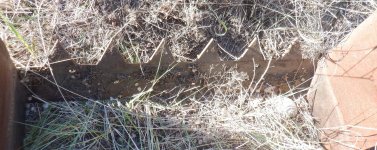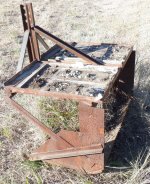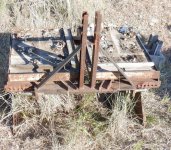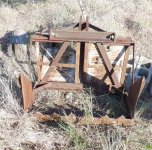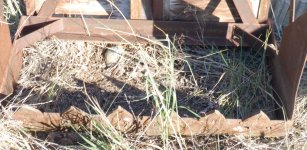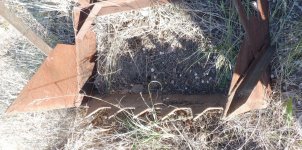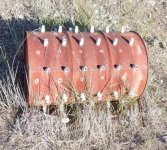DaveOmak
Platinum Member
When I grew garlic, the lifter below is what I used... The blade is from a highway snowplow... The wings on the side kept the leaves in the rows... The triangle teeth broke up the hard packed soil and kept the lifter from rising up out of the ground...
The barrel is what I marked where to plant the cloves when it was rolled over the ground...
The lifter is difficult to picture due to the shadows etc...
If you are near Omak Washington, it's for sale....

The barrel is what I marked where to plant the cloves when it was rolled over the ground...
The lifter is difficult to picture due to the shadows etc...
If you are near Omak Washington, it's for sale....
